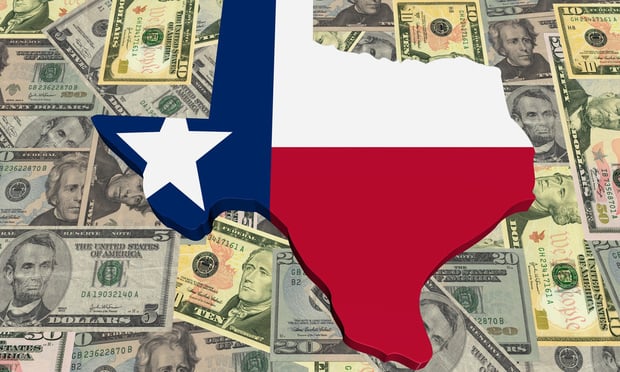| North Texas Realty Symposium Additional Topics |
Johnson pointed out to symposium participants that economists like to see various components stabilize because of indications there is a bottom in sight. For many, the bottom means that the recovery can begin. The recovery won't be painless, "but it will be better than people think," he commented.
What especially cheered Johnson was that LIBOR spreads decreased from the more than 400 basis points seen right after the bank meltdown last fall to a more reasonable 150 to 250 points above Treasury. Johnson noted that the shrinking spreads, combined with a favorable outcome of the banks' stress test process are showing that banks are solid and ready to lend to one another once again.
In discussing Texas, Johnson said that the state overall had stayed out of the recession until Q4 2008 for four reasons: strong population growth, a housing market that wasn't overbuilt, oil and energy exploration and the fact that the state is the largest import and export sector, second only to Washington State. Texas could have likely stayed above the fray for longer, even with declining energy prices, but when the financial crisis impacted international markets, it pulled the Lone Star State into the maelstrom as well.
If there is a particular sector that could be said to be on an upswing from the economic events, it is the Texas-based banks and smaller national banks. "We're seeing clients that, a year ago, wouldn't have looked at our bank," said Chris Daniel, executive vice president, American Bank of Texas. "Borrowers wanted to do the deals with Wall Street banks. Those banks were interested in volume and getting loans built up so they could sell. Those days are gone for awhile."
Daniel went on to say that American Bank of Texas, a well-capitalized bank owned by one person, is on the prowl for likely deals, liking income-producing office buildings and retail product with credit tenants. "We're calculating loan-to-cost rather than loan-to-value," he added.
Steve Patrick, vice president, business banking with Wachovia, a Wells Fargo Company said a deal for an income-producing property stood a better chance of clearing through an underwriting committee. Anyone going spec, he added, needs to have at least 50% of the project pre-leased before thinking of applying to Wells Fargo for a loan.
Plains Capital Bank branch president Chris Hansen agreed with the idea that an income-producing property was one his bank would likely examine. He added that a deal with liquidity was also attractive.
Nor is Plains Capital, or any other bank, for that matter, interested in foreclosing on any property. Banks are not in the business of real estate, the panelists explained, nor do they want to be.
"There's more value to a property if an owner can hang onto it, rather than us taking it," Hansen said. "As long as the client is dealing in good faith, I'd say work with him; keep him in there as long as possible."
Want to continue reading?
Become a Free ALM Digital Reader.
Once you are an ALM Digital Member, you’ll receive:
- Breaking commercial real estate news and analysis, on-site and via our newsletters and custom alerts
- Educational webcasts, white papers, and ebooks from industry thought leaders
- Critical coverage of the property casualty insurance and financial advisory markets on our other ALM sites, PropertyCasualty360 and ThinkAdvisor
Already have an account? Sign In Now
*May exclude premium content© 2025 ALM Global, LLC, All Rights Reserved. Request academic re-use from www.copyright.com. All other uses, submit a request to [email protected]. For more information visit Asset & Logo Licensing.








